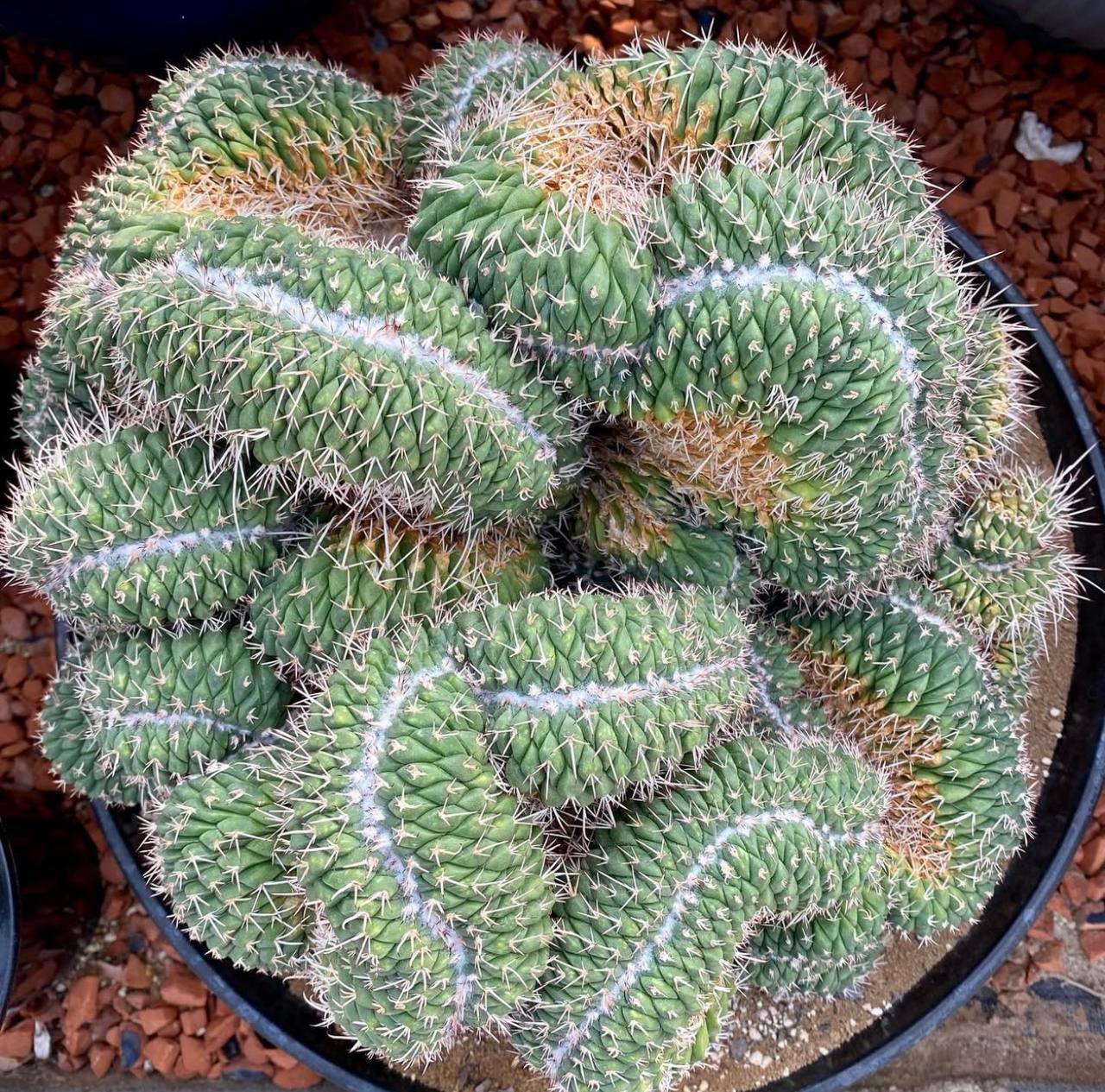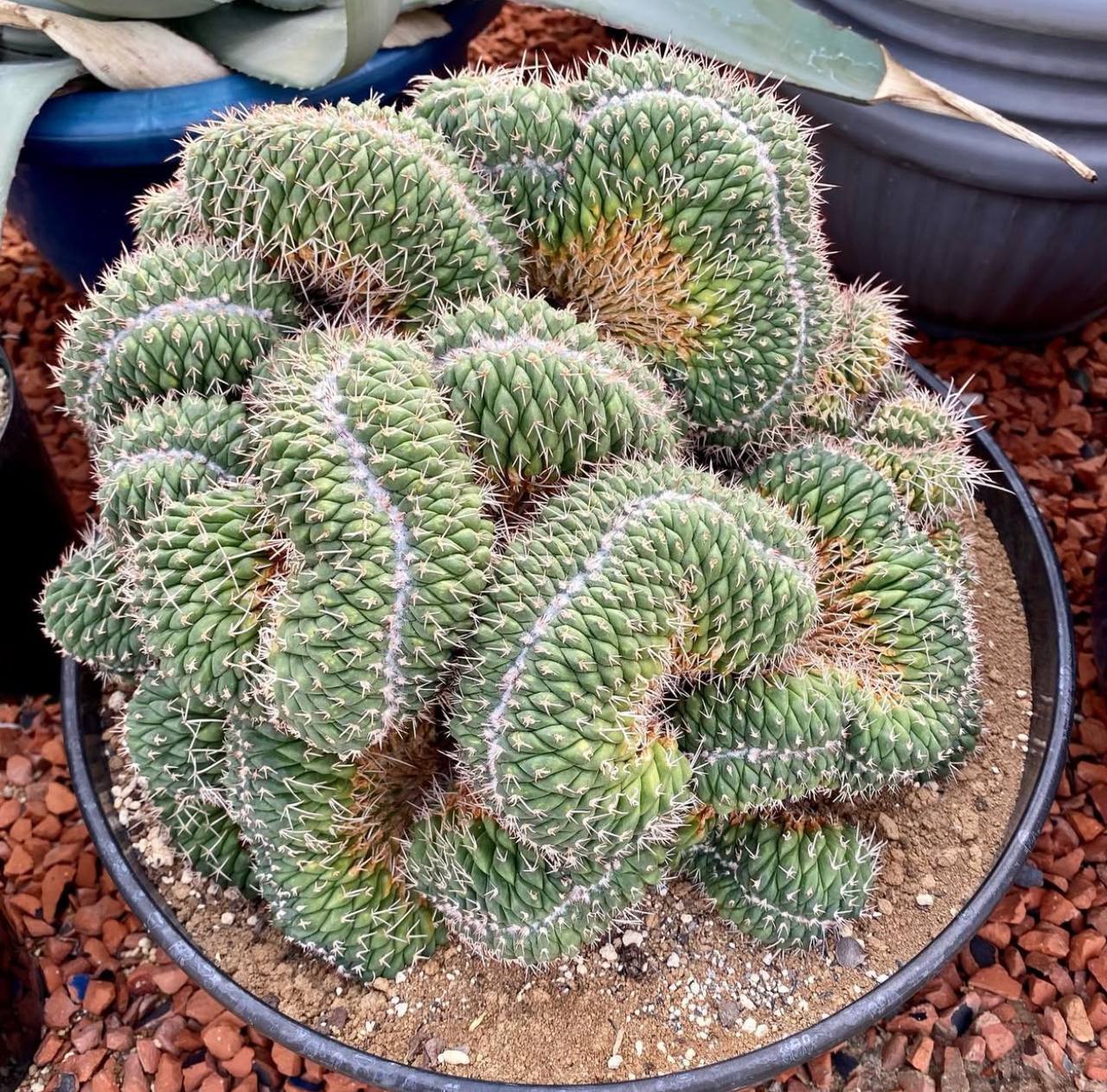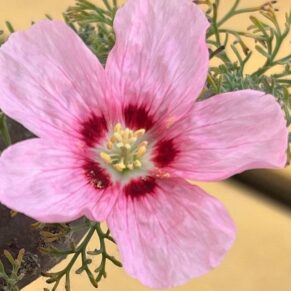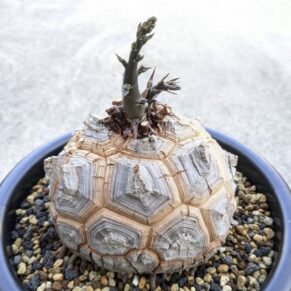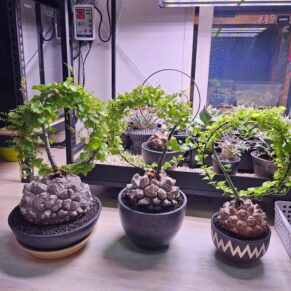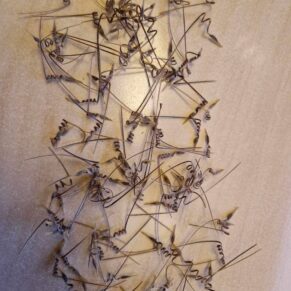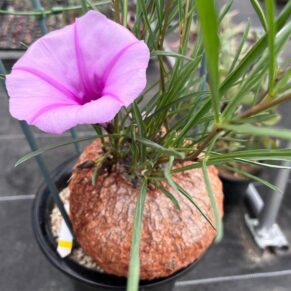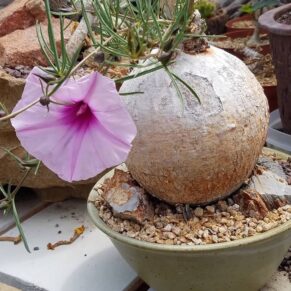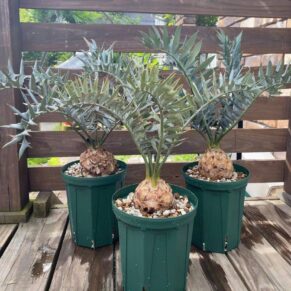- Your cart is empty
- Continue shopping
Shop
Mammillaria Spinosissima
Price range: $50.00 through $200.00
Explore Mammillaria spinosissima, the spiny pincushion cactus loved by collectors. Learn care tips, propagation methods, and cultivation insights.
🌵 Mammillaria spinosissima: The Spiny Pincushion Cactus
Mammillaria spinosissima, commonly referred to as the Spiny Pincushion Cactus, is a captivating succulent native to the arid regions of central Mexico.Facebook. Belonging to the Cactaceae family, this plant is renowned for its unique appearance and resilience in challenging climates.Shop here .Caudexplants.com

🌱 Botanical Profile
-
Scientific Classification:
-
Kingdom: Plantae
-
Order: Caryophyllales
-
Family: Cactaceae
-
Genus: Mammillaria
-
Species: spinosissima
-
-
Synonyms:
-
Mammillaria auricoma
-
Mammillaria centraliplumosa
-
Mammillaria crassior
-
Mammillaria gasterantha
-
Mammillaria haasii
-
Mammillaria pilcayensis
-
Mammillaria virginis
-
-
Common Names:
-
Spiny Pincushion Cactus
-
Pincushion Cactus
-
Cactus spinosissimus
-
-
Origin: Indigenous to the central Mexican states of Guerrero and Morelos, where they grow at elevations of approximately 1600 to 1900 meters.
-
Habitat: Prefers well-drained soils that are sandy or loamy, with a pH ranging from acidic to neutral. Thrives in low humidity and full, filtered sun.
🌿 Morphology and Growth
-
Size: Typically grows to a height of 30–50 cm and a diameter of 10 cm.
-
Stem: Features cylindrical, dark blue-green stems covered with dense bristly red-brown or white central spines, and cream-colored radial spines.
-
Foliage: Lacks traditional leaves; instead, it has modified leaves in the form of spines.
-
Flowers: Produces carmine-pink funnel-shaped flowers, approximately 2 cm in length, that bloom in a ring around the apex of the stem.
-
Fruit: After flowering, the plant produces small greenish to dull purple fruits.
🌞 Cultivation and Care
Mammillaria spinosissima is well-suited for cultivation in arid and semi-arid regions, as well as in controlled environments like greenhouses and indoor spaces with adequate lighting.
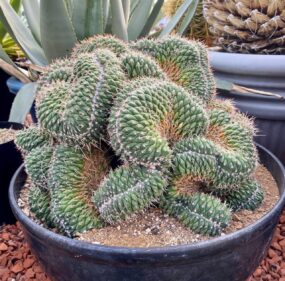
🌞 Light Requirements
-
Thrives in full sun, requiring at least 6 hours of direct sunlight daily.
-
In indoor settings, place near south-facing windows to ensure sufficient light exposure.
💧 Watering
-
Water sparingly, allowing the soil to dry out between waterings.
-
During the growing season (spring and summer), water approximately every 10 days, ensuring the soil is dry before rewatering.
-
Reduce watering significantly during dormancy (fall and winter), only watering if the stem shows signs of wrinkling or excessive dryness.
🌱 Soil and Fertilization
-
Prefers well-draining, gritty soil mixes, ideally containing at least 75% pumice or lava grit.
-
Fertilize with a balanced, diluted liquid fertilizer every 4–6 weeks during the growing season.
-
Avoid fertilizing during dormancy to prevent nutrient buildup.
🌡️ Temperature and Humidity
-
Optimal growth occurs in temperatures above 20°C (68°F).
-
Tolerant of high temperatures and dry conditions but sensitive to frost.
-
Ensure good air circulation to prevent fungal diseases and rot.
🪴 Potting and Repotting
-
Suitable for container cultivation; use pots with drainage holes to prevent waterlogging.
-
Repot every 2–3 years or when the plant outgrows its container.
-
When repotting, gently remove the plant from its current pot, trim any dead or damaged roots, and place it into a new pot with fresh, well-draining soil.
🌿 Propagation Methods
Mammillaria spinosissima can be propagated through seeds or cuttings, allowing enthusiasts to expand their collection.
🌱 Seed Propagation
-
Sow seeds just under the surface of well-draining soil in seed trays or small pots.
-
Maintain temperatures around 25°C (77°F) and ensure humidity by covering the container with a plastic dome or bag.
-
Germination may take several weeks; keep the soil moist but not waterlogged.
-
Once seedlings have developed a robust root system, transplant them into individual pots.
✂️ Cutting Propagation
-
Select healthy, mature stems and cut them into 4–6 inch sections.
-
Allow cuttings to callous over for a few days to prevent rot.
-
Plant the cut ends into well-draining soil and water sparingly until roots develop.
-
Once established, treat them as mature plants, following standard care guidelines.
🌼 Uses and Ornamental Value
-
Ornamental Appeal: Its unique appearance and striking flowers make it a desirable addition to succulent collections and xeriscape gardens.
-
Bonsai Potential: The plant’s compact size and distinctive form lend themselves well to bonsai cultivation.
-
Cut Flowers: The attractive blooms can be used in floral arrangements, adding a touch of exotic beauty.
-
Hedge Plant: In suitable climates, it can serve as an informal hedge, providing structure and interest to landscapes.
🐾 Safety Considerations
-
Toxicity: Non-toxic to pets; however, ingestion of large quantities may cause mild gastrointestinal discomfort.
-
Handling: The spiny stems can cause minor skin irritation; handle with care.
🌍 Conservation and Sustainability
While Mammillaria spinosissima is not currently listed as endangered, its native habitat is subject to environmental pressures. Cultivating this plant in gardens and collections can contribute to its conservation by reducing the demand for wild specimens.
🛒 Availability and Purchasing
Mammillaria spinosissima is available on ;caudexplants.com various online nursery . Prices vary based on plant size and maturity:
-
Small Starter Plants: Typically range from $35 to 55USD.
-
Established Plants: Prices can range from $55 to $300 USD.
-
Specimen Plants: Mature, well-formed specimens may cost $300 or more.
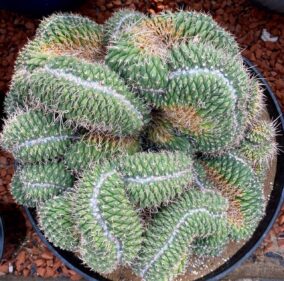
Mammillaria Spinosissima
| size | small, medium, large |
|---|




